Grounding: Experience the healing touch of Earth
When was the last time you walked barefoot on grass?
I bet it was during your childhood, and since then, your feet have probably been covered up with fancy shoes and slippers.
Grounding or earthing is a method of walking barefoot on the earth’s natural surfaces that is gaining popularity.
Proponents believe that the surface of the earth carries a beneficial negative electrical charge.
So when our skin touches it directly, an exchange occurs to counter the positive charge we build up from our typical modern lifestyle that often lacks regular, direct contact with nature.
Just as vitamin D in our body is produced by energy and frequencies generated from the sun 93 million miles away, the earth under our feet provides unique energy and frequencies that directly influence our body.
Grounding appears to correct what is called an “electron deficiency syndrome”, an overlooked and likely significant cause of multiple health disorders.
There have not been many scientific studies on the subject, but those that have been done have shown benefits in improving chronic pain, wound healing, inflammation, blood circulation, sleep and stress.
One 2006 study published in the Journal of European Biology and Bioelectromagnetics observed the patterns of patients’ cortisol levels before and after grounding.
Researchers found that their cortisol rises and dips were scattered and somewhat unpredictable in the adults before they practised grounding.
After grounding daily for a month, their levels of cortisol were more in line with the natural rhythms of the earth and sun.
They had higher cortisol early in the morning when we naturally need more to feel alert and awake, and lower cortisol at night when we need to unwind in order to fall asleep.
How to do it
Grounding can be done on grass, sand, soil and mud.
You can walk or lie on the ground so that your bare feet come in direct contact with the earth’s natural surface.
If you’re living in an apartment, find a park or patch of clean, green grass where you can do this.
Seawater is another avenue to ground the human body, but the majority of us would have to be on vacation to do this.
Ditch the towels and mat, remove your shoes, and either lie on the sand or dip your body in the sea.
If you are a gardening enthusiast like my mother, you are already doing some form of grounding as your hands are constantly getting dirty from the soil.
According to studies, putting your hands in soil puts you in contact with mood-enhancing soil bacteria called Mycobacterium vaccae.
This bacterium apparently triggers the release of serotonin in your brain.
Serotonin is a mood-boosting “happy” chemical that also works as a natural antidepressant and strengthens the immune system.
My mother radiates joy whenever she trims her plants and trees, although she gets tired afterwards (we have a huge garden!).
Countless studies agree on the notion that we feel better when we are surrounded by nature, so we let her be.
The effectiveness of grounding can vary depending on what you’re standing on.
For instance, when you walk barefoot on wet grass or moist sand, you may feel more connected and notice more benefits because these surfaces conduct the earth’s energy better.
On the other hand, dry sand or grass might not give you the same level of connection.
So, if you’re looking to maximise the positive effects of grounding, choosing a conductive surface like wet grass can make a difference.
Beware commercial products
With increased awareness of the benefits of grounding, manufacturers have jumped in to create a gamut of grounding products that can be used indoors when it is not possible to go outdoors.
These products typically contain conductive materials like silver or carbon, with the purpose of helping facilitate the transfer of electrons from the body to the earth.
Common types include grounding mats, sheets, and accessories like socks, straps and pillowcases.
They don’t come cheap, so don’t be taken in by these unbelievable promotions when you can perform grounding for free.
Should you be unable to head outdoors due to weather or health reasons, there is no harm in missing a few days of grounding exercises as it’s not going to do you any harm.
One reader who lives in a condominium asked me if he could buy some soil, pour it into a large container and walk on it.
No, you can’t, as the soil is not directly connected to the earth’s natural surface, so you won’t derive much benefit from it.
Stay safe
There is no specific time to ground, just make sure the sun is not blazing hot when you’re outdoors.
If you prefer doing it in the afternoon, try to find a spot that is shielded from the sun, which makes it a more pleasant experience.
Experts suggest grounding for 30 minutes daily as this amount of time allows your body to really tap into the earth’s energy.
However, for beginners, it’s perfectly fine to start small with maybe 10 minutes, then work your way up.
To add in a meditation element, you can march in place in slow motion.
Inhale every time you lift one foot off the ground and exhale as the foot makes its return journey back to the ground.
You don’t have to lift the leg up too high, so work at a comfortable level.
After all, this grounding exercise is not supposed to be a workout, just a gentle stroll to heal the body.
Pay attention to safety, which is another important concern.
Make sure to check for things like sharp objects before you walk barefoot outside and be cautious of your environment in nature to stay safe.
Diabetics, take note if you have any scrapes or blisters on your feet before you walk barefoot on grass, or consult a healthcare practitioner to ask if the practice of grounding is suitable for you.
ALSO READ: Foot ulcers cost the most among all diabetic complications
Think of grounding as a regular habit, similar to eating breakfast or taking a shower – it requires little effort.
Adding it to your daily lifestyle can lead to better health and a brighter mood.
That said, remember that what works for one individual may not work for another in the same way as there are people who may have an allergy to grass, sand or soil.
Still, give it a shot and note how your body responds.
Revathi Murugappan is a certified fitness trainer who tries to battle gravity and continues to dance to express herself artistically and nourish her soul. For more information, email starhealth@thestar.com.my. The information contained in this column is for general educational purposes only. Neither The Star nor the author gives any warranty on accuracy, completeness, functionality, usefulness or other assurances as to such information. The Star and the author disclaim all responsibility for any losses, damage to property or personal injury suffered directly or indirectly from reliance on such information.


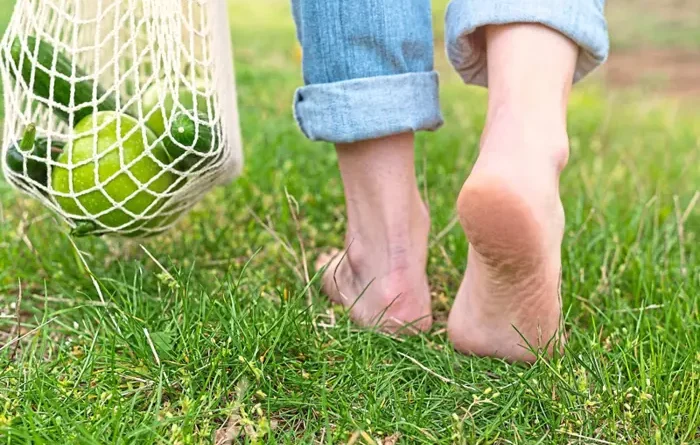
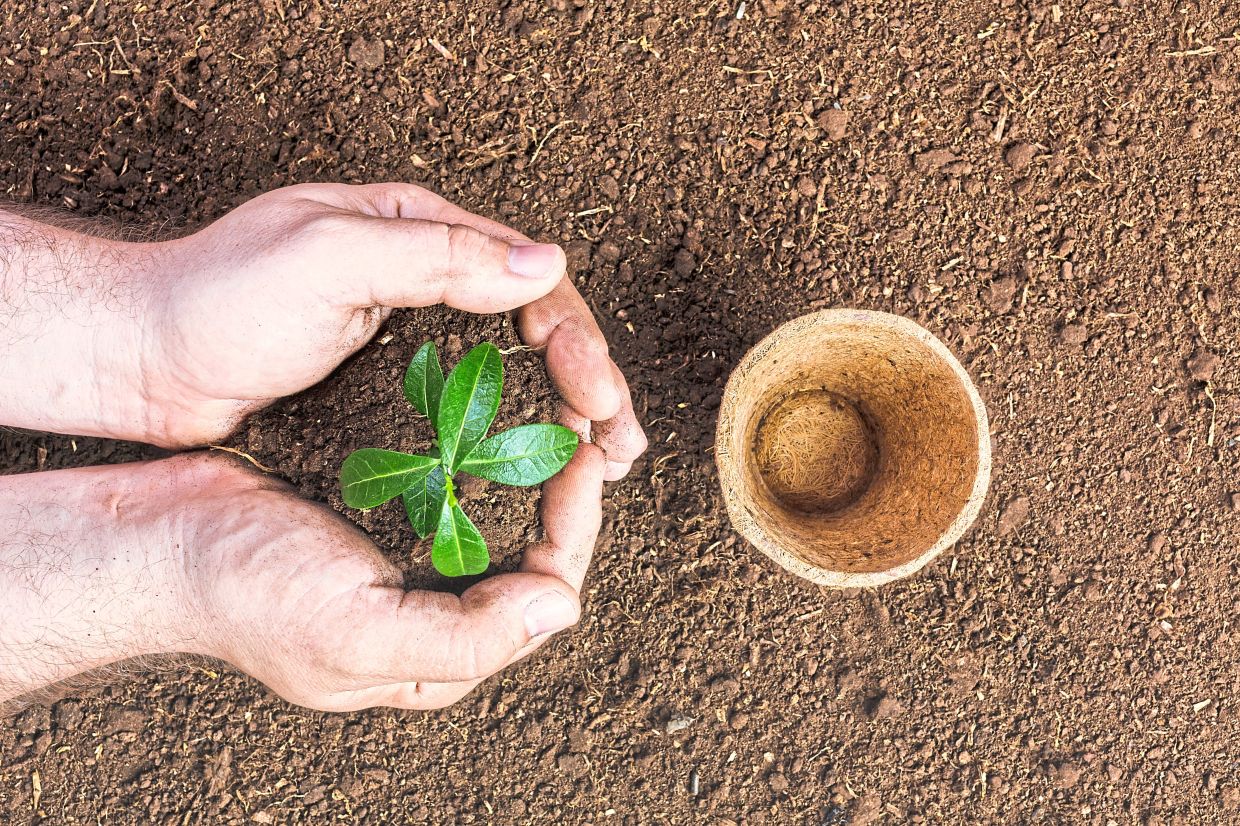


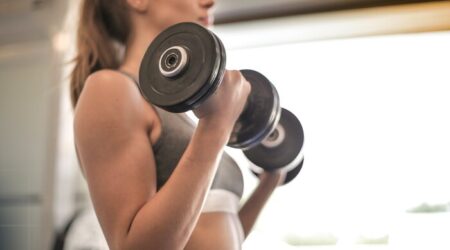
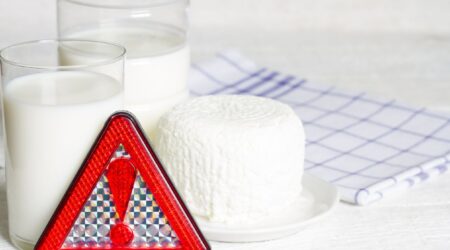
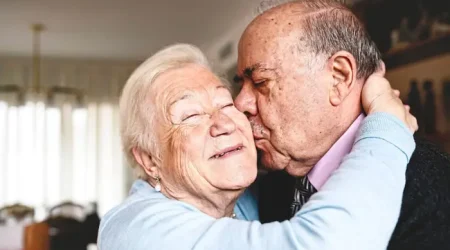

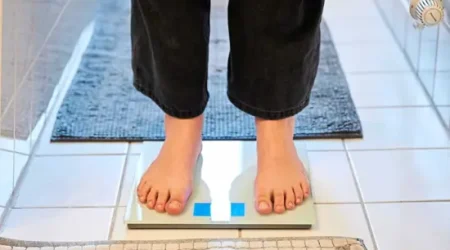
Leave a Reply